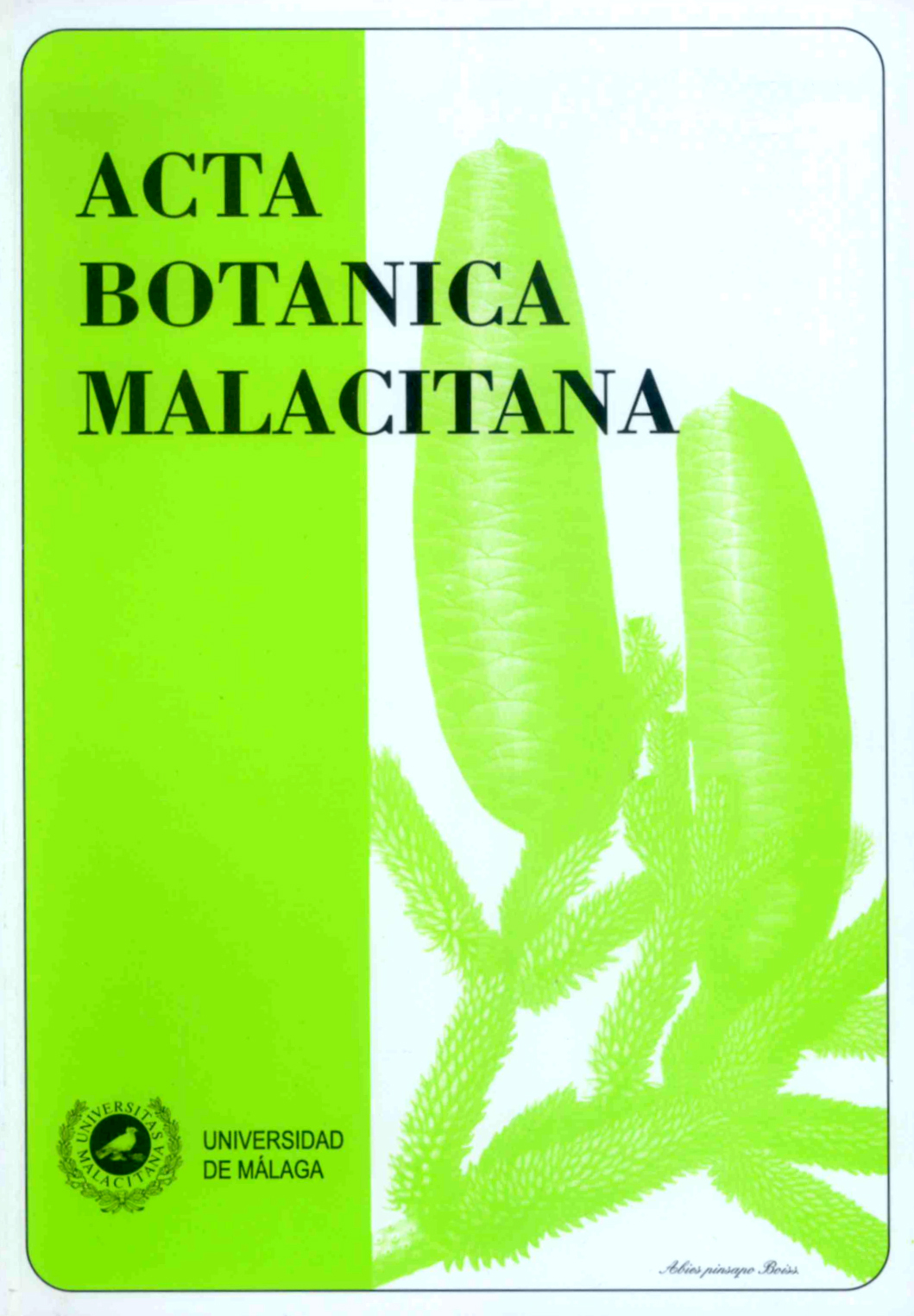Os sobreirais da bacia ceno-antropozóica do Tejo (Província Lusitano-Andaluza Litoral), Portugal.
DOI:
https://doi.org/10.24310/abm.v32i0.7036Abstract
RESUMO. Os sobreirais da bacia ceno-antropozóica do Tejo (Província Lusitano-Andaluza Litoral),
Portugal. A análise das características das formações litológicas de enchimento da Bacia do Tejo,
com idades que vão do Miocénico ao Plistocénico, permitiu compreender melhor o mosaico de
sobreirais potenciais, pertencentes respectivamente ao Oleo sylvestris-Quercetum suberis e ao
Asparago aphylli-Quercetum suberis. A composição granulométrica, a coesão das partículas e o efeito
da acção antrópica sobre as formações litológicas são os factores fundamentais que intervêm na
distribuição dos dois sobreirais potenciais e nas respectivas etapas subseriais. A acção antrópica sobre
as formações areníticas promove a libertação e a acumulação de areias. Este processo permite a
entrada de espécies psamofílicas e desta forma a vegetação potencial primitiva (Asparago aphylli-
Quercetum suberis) é substituída pela série psamofílica do sobreiro (Oleo sylvestris-Quercetum
suberis).
Palavras-chave. Tejo, formações litológicas, sobreirais, séries de vegetação, Portugal.
SUMMARY. The Quercus suber woodlands of the ceno-anthropozoic Tagus river basin. Portugal.
The analysis of the lithological formations on the Tagus river basin, with ages between Miocene and
Pleistocene, allows the understanding of the mosaic of two potential vegetation communities,
respectively, Oleo sylvestris-Quercetum suberis and Asparago aphylli-Quercetum suberis. The grainsize
analysis, the cohesion of particles and the effect of the anthropic actions on the lithological
formations are the major factors that justify the mosaic of the two potential cork tree woodlands and
the respective dynamic stages. Human activities over sandy formations and conglomerates, promote
liberation and accumulation of sand particles. This process induces psammophilous species to colonize,
surrogating primitive potential vegetation (Asparago aphylli-Quercetum suberis) with the cork tree
psammophilous series (Oleo sylvestris-Quercetum suberis).
Key words. Tagus river, lithological formations, Quercus suber woodlands, vegetation series, Portugal.
Downloads
Metrics
Downloads
Published
How to Cite
Issue
Section
License
All information related to the licensing of published works in Acta Botanica Malacitana and copyright can be found in our Editorial Policy.







1.png)
